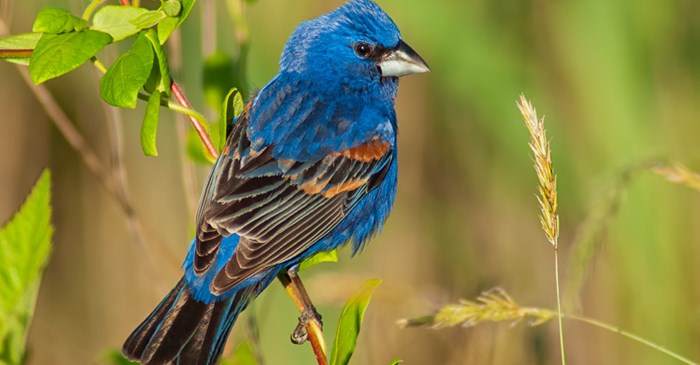You're far from alone if you do a double take when a sky blue or bright periwinkle bird flitters across your path. After all, not only is the primary color scarce in the animal kingdom but birds of that hue are often associated with good luck, hope, and prosperity.
Interestingly, their feathers are not truly blue; they only appear when light hits microscopic proteins within their feathers, scattering and amplifying the light in different wavelengths to produce delightfully diverse shades of azure.
This guide can help you tell five common varieties apart.
1. Eastern Blue Bird
Characteristics: Roundheads. Large bellies. Males display vivid blue on their heads, wings, and tails, contrasted with orange or rust-tinted breasts.
Where found: Eastern U.S. near farmland, gardens, and orchards.
Fun facts: Making a comeback after being reduced by introducing House Sparrows and European Starlings.
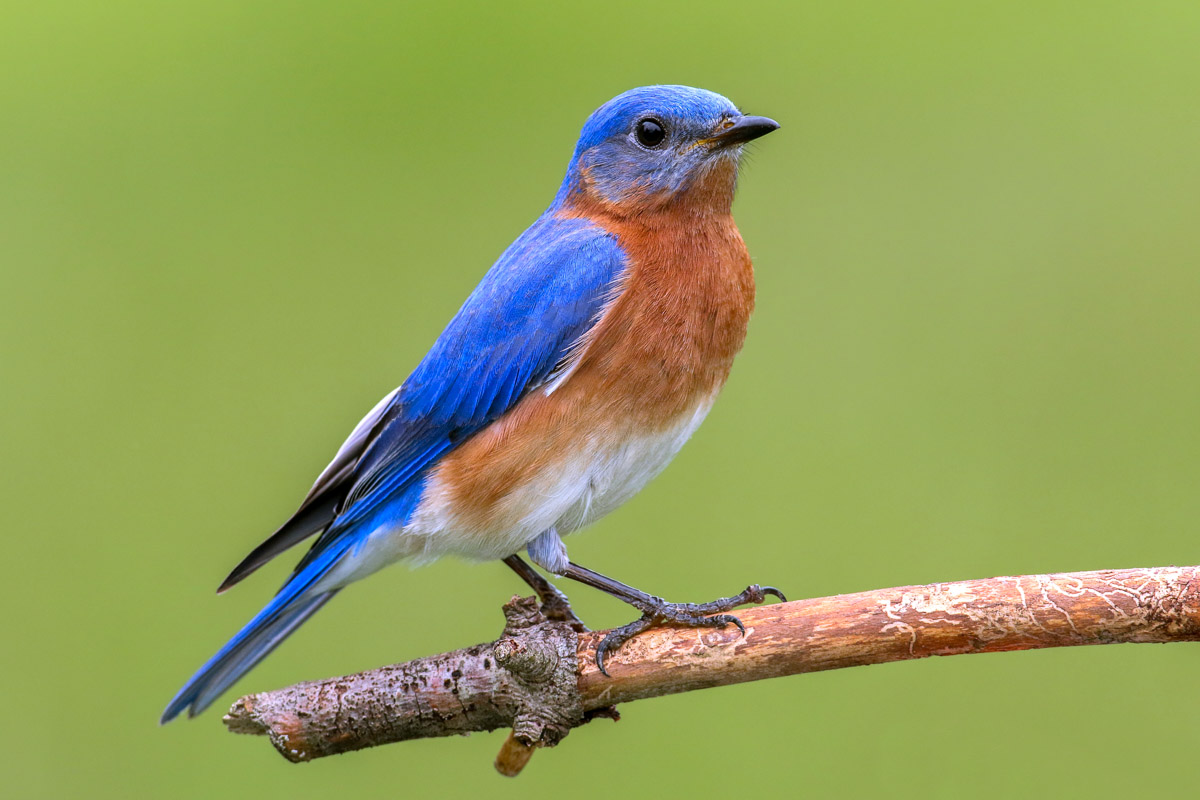
SteveByland / iStock / via Getty Images
2. Mountain Blue Bird
Characteristics: Males sport deep sky blue heads, wings and tails, and white bellies with small, pointy black bills.
Where found: Western U.S., preferring high mountain meadows.
Fun facts: Males find breeding sites in crevices, then call for female attention.
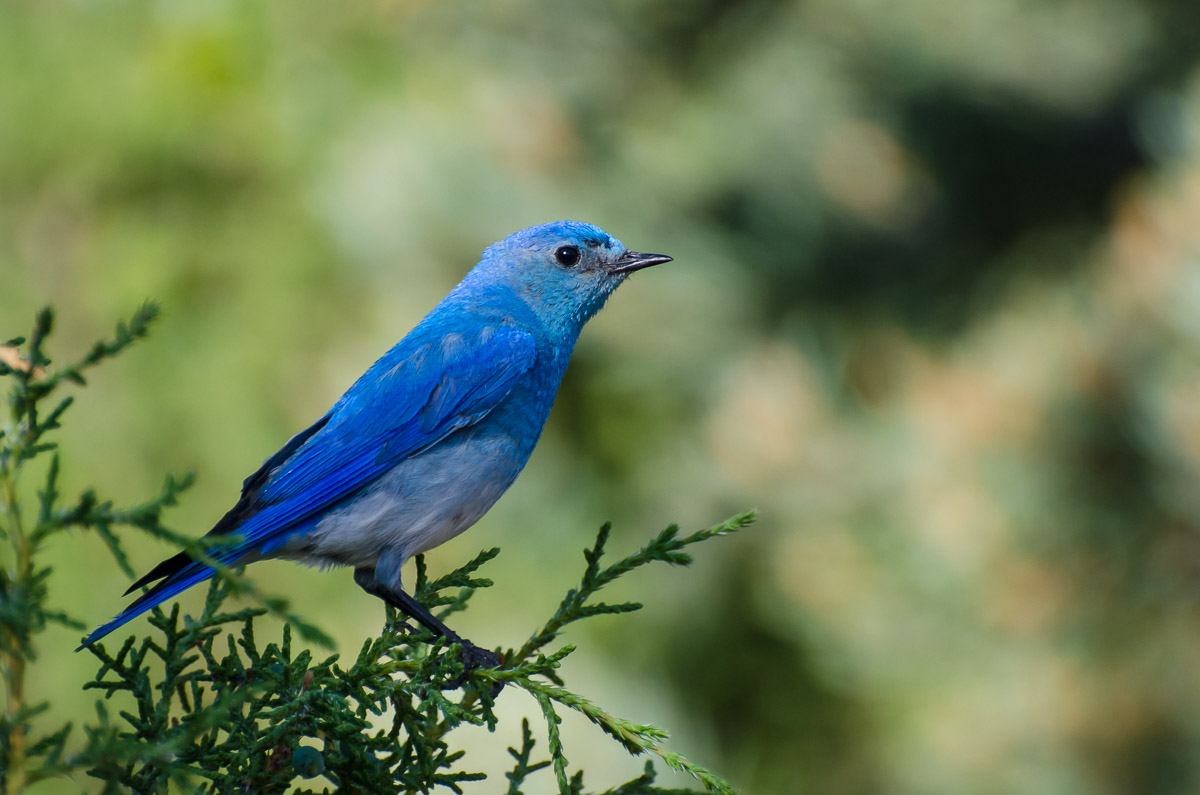
RCKeller / iStock / via Getty Images
3. Indigo Bunting
Characteristics: Short and stocky. Males are azure blue with darker heads and shiny silver bills.
Where found: Across most of the U.S. in weedy, brushy fields and forests.
Fun facts: Males swish their tails from side to side when perching.
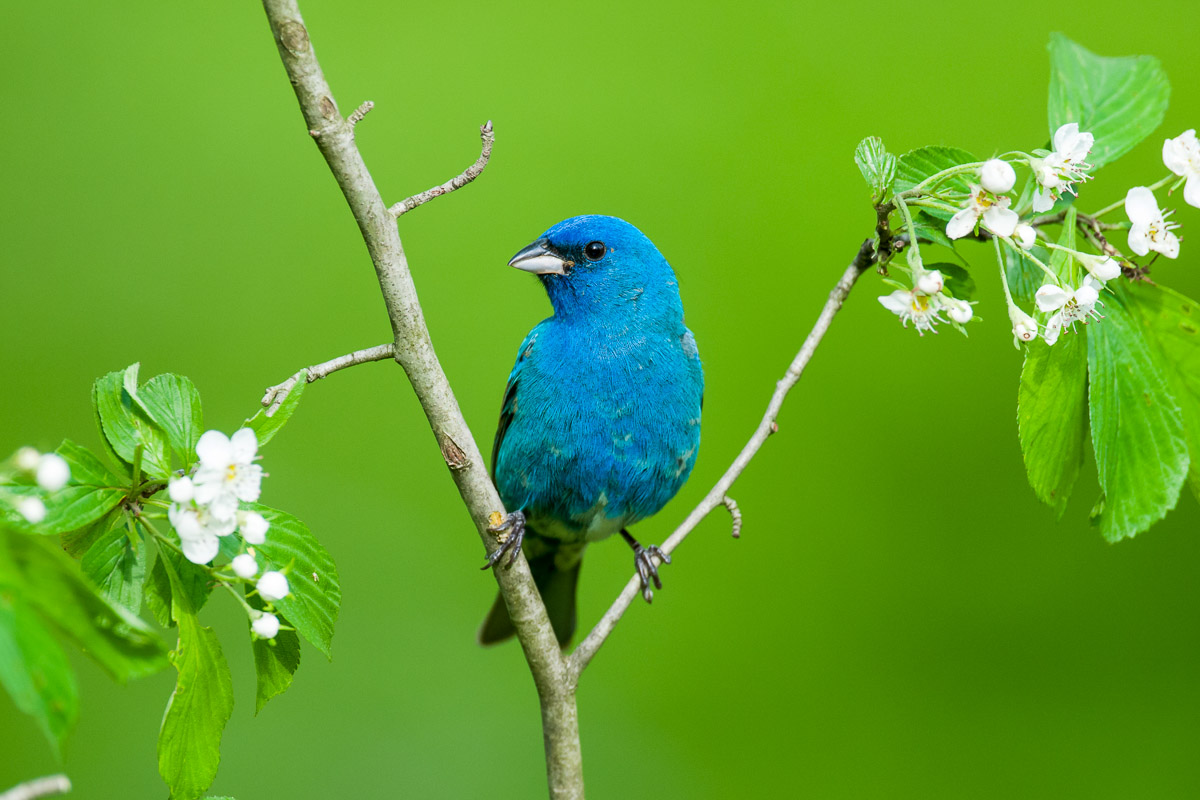
Bookguy / iStock / via Getty Images
4. Blue Jay
Characteristics: Triangular head tufts and blue, white, and black plumage. Noisy cries.
Where found: Common through the eastern and central U.S. and gaining in the Northwest, especially around woodlands.
Fun facts: Their high-acorn diet has helped spread oak trees.
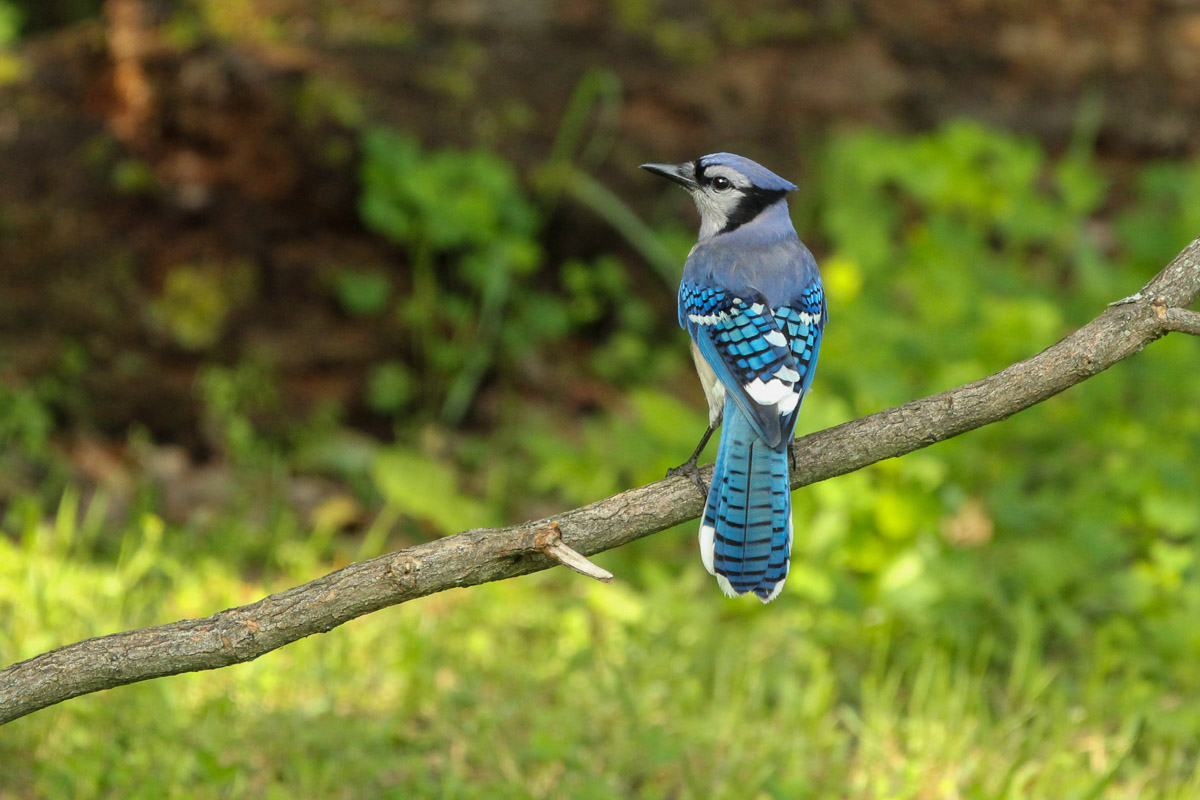
Db_beyer / iStock / via Getty Images
5. Blue Grosbeak
Characteristics: Stocky with large triangular bills. Males are deep blue with rust-colored wing feathers.
Where found: American Southwest in areas of shrubs and grass, especially near waterways.
Fun facts: Listen for their unique metallic chirp.
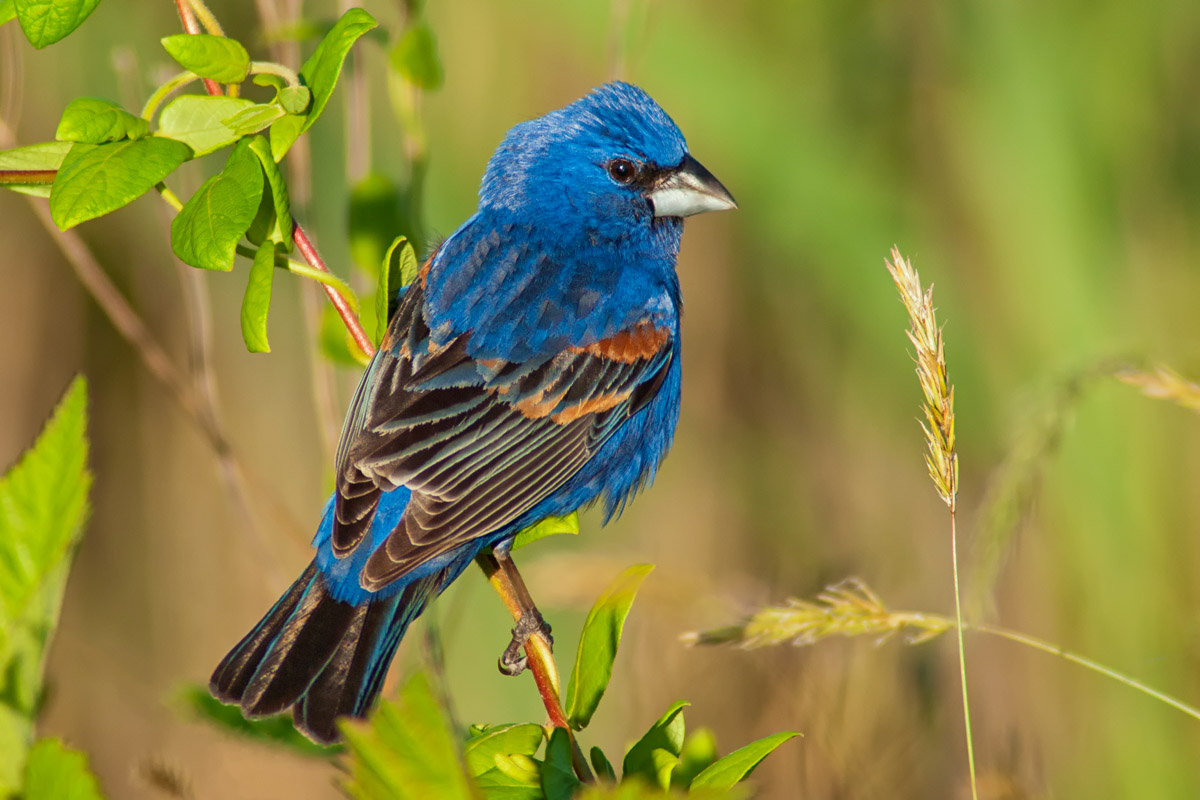
Michaelmill / iStock / via Getty Images
Wish to draw more of these blue beauties to your backyard happy place? Try replacing your current birdfeed with Lyric Bird Food’s Fine Tunes No Waste Mix, specially formulated to appeal to Blue Grosbeaks, Blue Jays, Eastern Bluebirds, and other gorgeous species.
